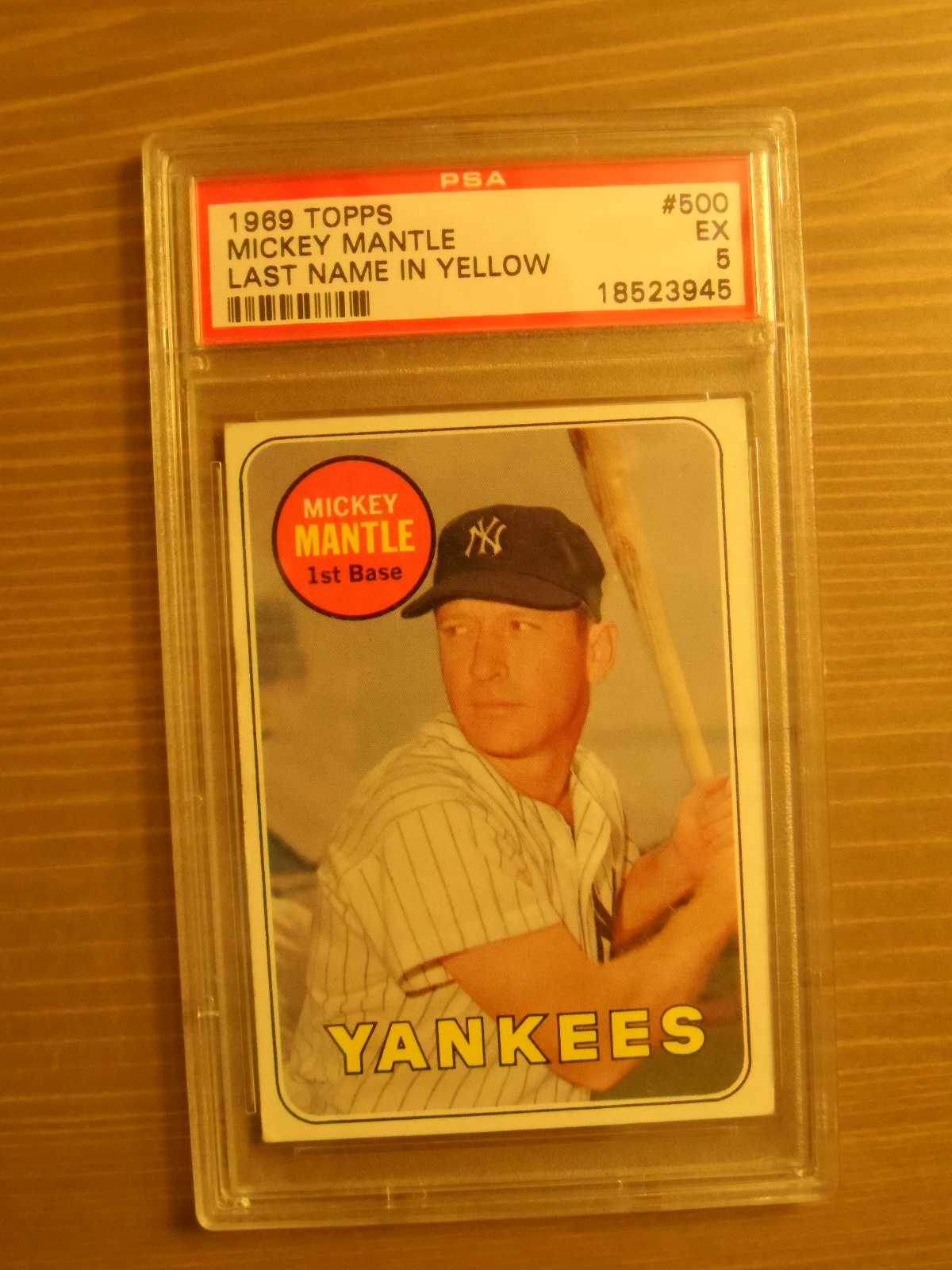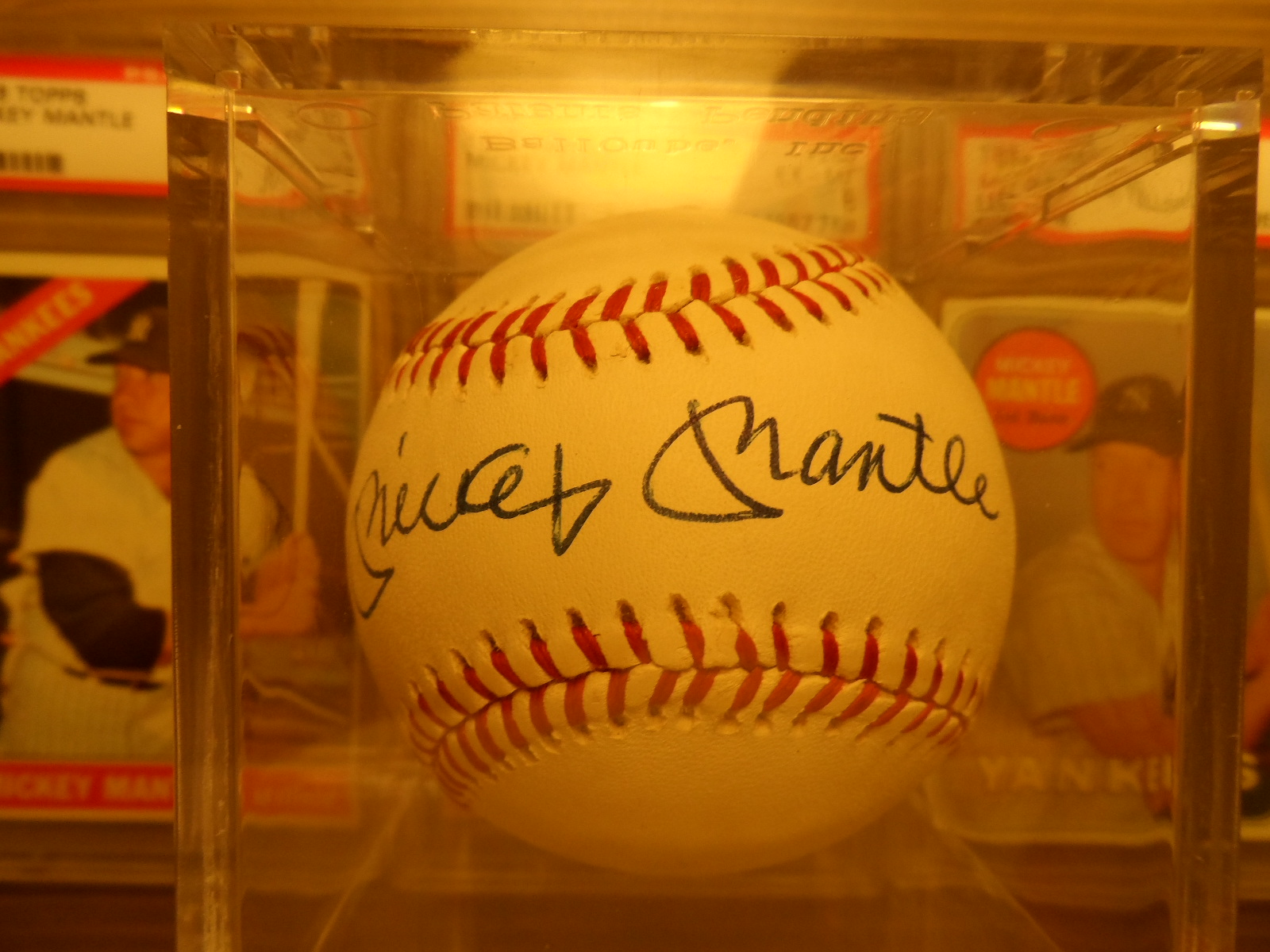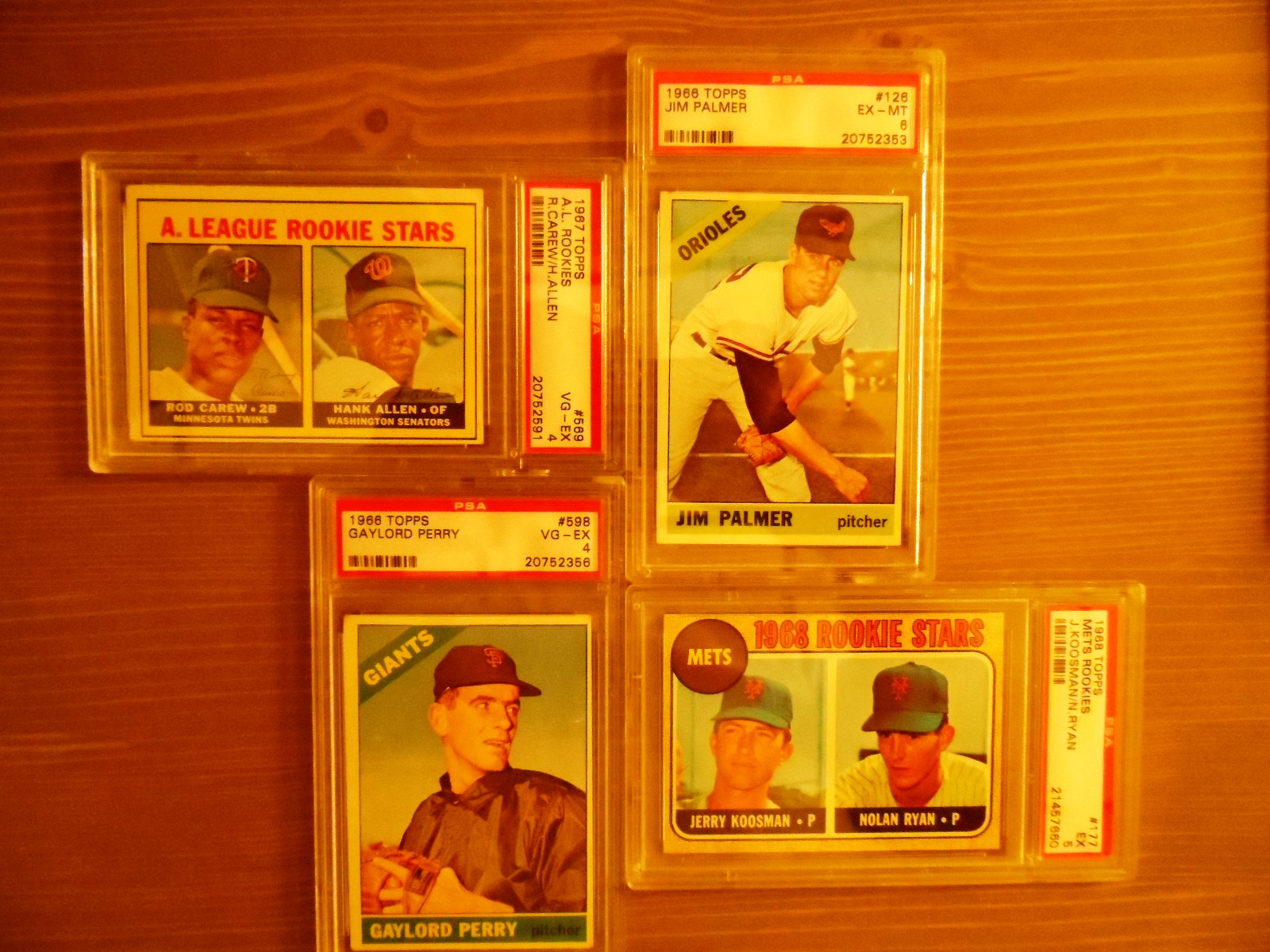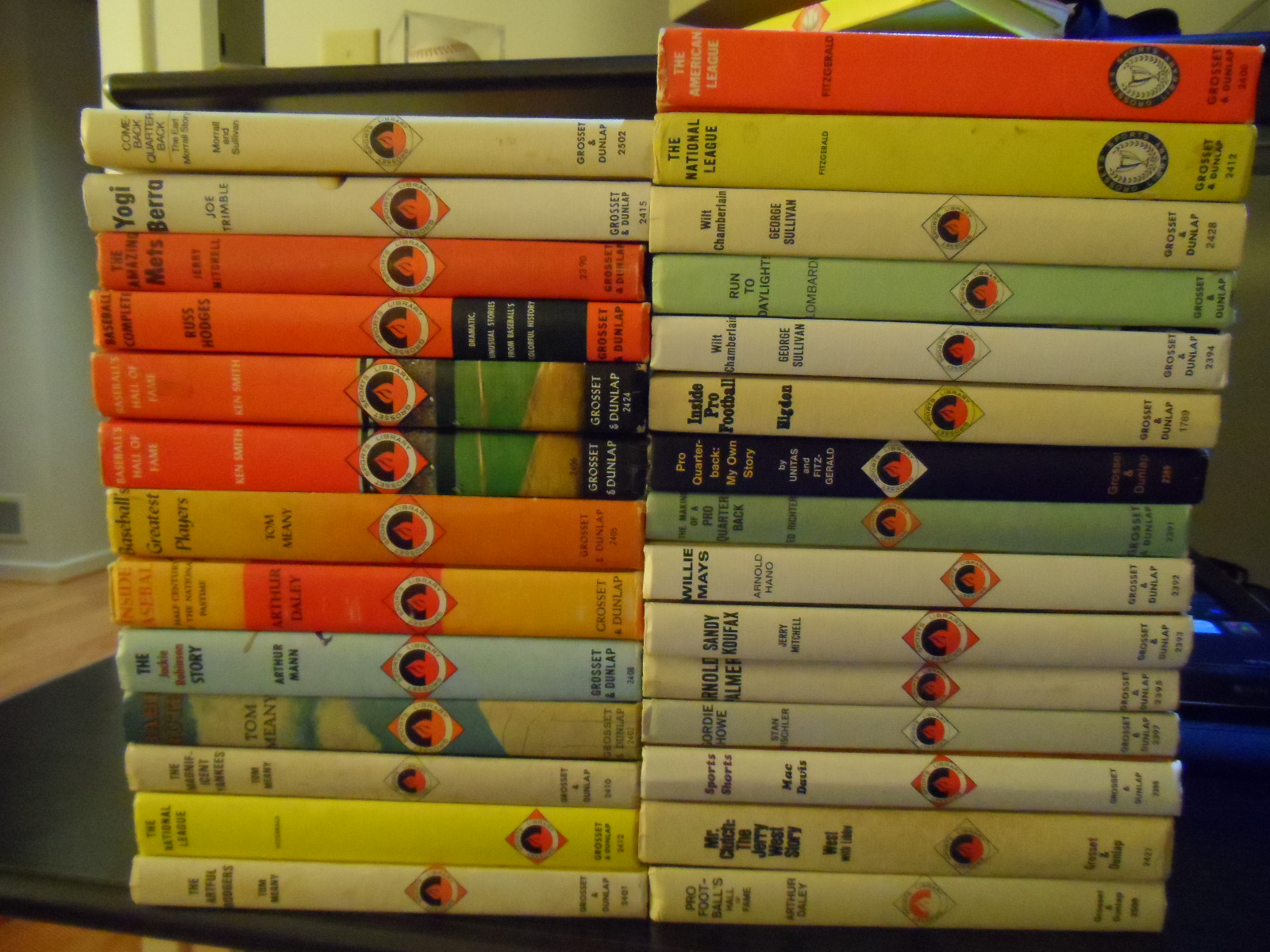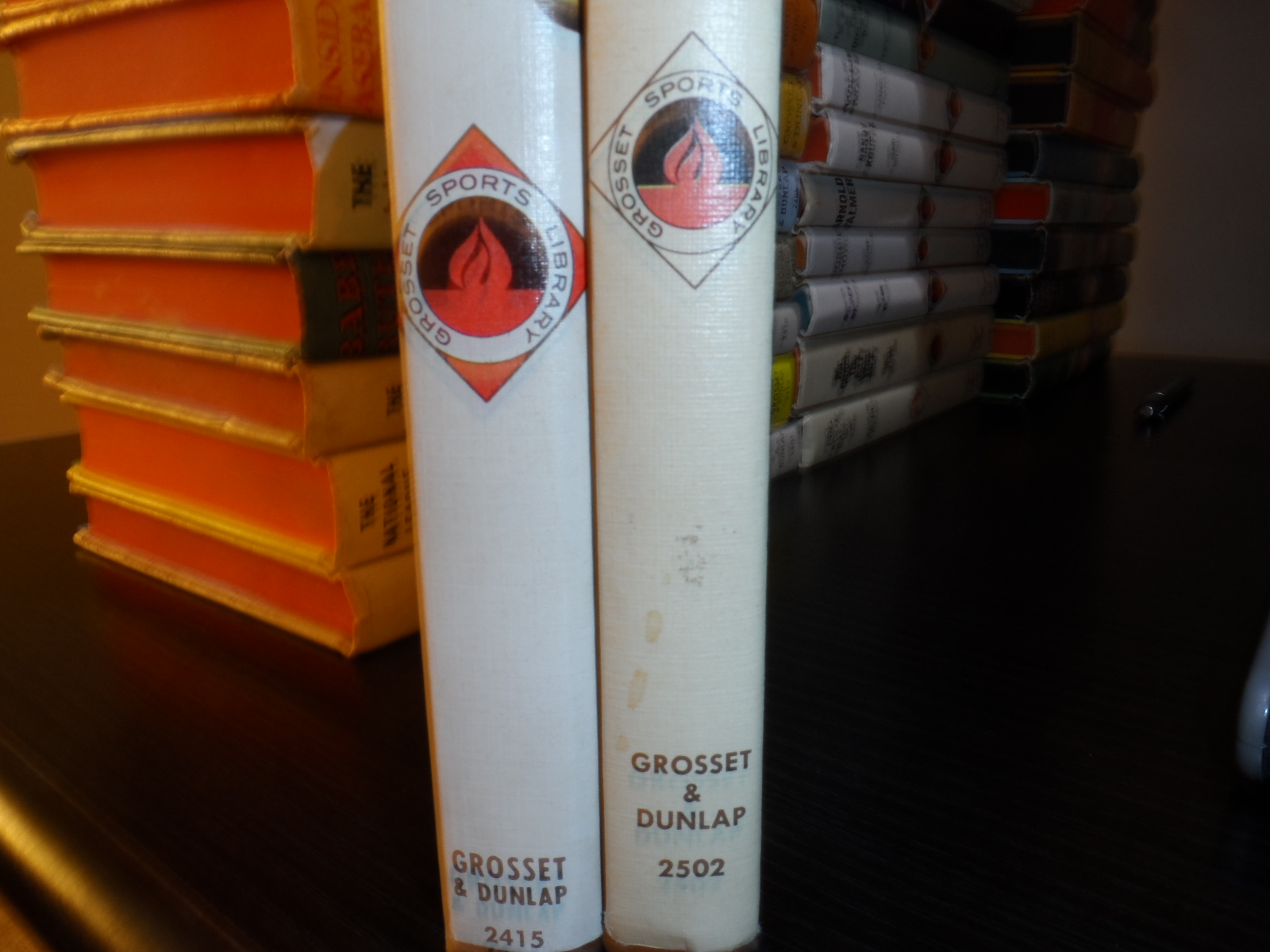When you are a teenager, it’s impossible to know who will leave
a lasting impression on you.
I did not know either of my grandfathers. Without looking it
up, my recollection is that my maternal grandfather died in the 1940’s and my
paternal grandfather died around the time I was born in 1957. I don’t feel like I missed out on anything –
they simply were people that were not in my life. My father’s mother died around the time I was
in 4th or 5th grade – I seem to recall a funeral in the
summertime. She used to teach me German
songs like; “Du, du liegst mir im herzing.”
She was a sweetheart of a woman.
My mother’s mother, born in 1902, lived until the early 1990’s. She was
not an easy woman to get along with.
After Mom’s father died in the 40’s, Grandma dated around a bit.
Eventually all the minor romances fizzled out and she met a man named Henry
Griffith; they settled down and got married.
I don’t recall any of this because it happened when I was 2 or 3. By the time my memory kicked in, “Grandma and
Uncle Henry” were just a fact of life.
The street I grew up on was a circle carved out of the
woods, surrounded by older neighborhoods.
It was a “Wonder Years” neighborhood which had about 50 kids under the
age of 17 without including kids from the surrounding streets. Most houses, including ours, had children
constantly running through them. As
Grandma was not fond of kids, this made her visits with us somewhat
stressful. Mom used to say, “Grandma and
Uncle Henry are coming to visit!”
And my response was usually, “For how long?”
A New York Yankee fan, Uncle Henry had a different personality
than Grandma. He was divorced and had
very little contact with his two daughters from that first marriage. None of us
really knew much about his life before Grandma.
Uncle Henry liked the New York Times and the Daily News. I remember him going out early on Sunday
morning to church (he was Catholic, we were Presbyterian) and he would pick up
the papers on the way home. He spent
most of Sunday morning alone, in our living room, reading the papers. But he
was always very pleasant and if I snuck in to see him, he would read the funny
pages to me.
I remember watching Yankee games with Uncle Henry and my dad
on WPIX, Channel 11, in New York . Henry usually had a Ballantine Ale or two during
the game and he could curse like a sailor.
He had an incredible working knowledge of the players on the team. The 60’s were lean years for Yankee fans, but
Henry knew all about the promise of Jerry Kenney when he was called up in
1967. We all hoped Kenney would be a
suitable replacement for Tony Kubek at shortstop. We also hoped Jake Gibbs could fill in for Elston
Howard. Henry knew I loved the late 60’s
pitching rotations that featured the likes of Mel Stottlemeyer, Fritz Peterson,
Dooley Womack, Freddy Talbot, and Lindy McDaniel. I naively thought they were some of the best
pitchers in the majors, and Uncle Henry never lead me to believe
otherwise. And we yearned for a Mantle
replacement in Roy White and then Bill Robinson and then Bobby Murcer…..always
to be disappointed. While Uncle Henry
would occasionally long for the days of Mantle, Berra and Maris, he recognized
that these were MY Yankees and gave them, and me, respect. He knew the Yankees
players well and was part of the reason I became a Yankee fan.
Uncle Henry and me - around 1959
In the spring of 1972 I played freshman baseball and in the
spring of 1973 I played JV ball.
Now-a-days parents take off from work to see their kids play sports. In
the 1970’s parents did not. It’s not a knock against our parents; it’s just the
way it was. One player’s father was a
postman who got off work early and came to many games. The only other men that
came to our games were retired townies.
Wrapped up in the drama of high school, I didn’t pay much attention anymore when Grandma and Uncle Henry visited. But I did notice when they were in town,
Uncle Henry would come to my baseball games.
He would arrive shortly after the game started and leave quietly when it
was over. I never saw him talk to anyone, but he seemed to enjoy watching us play
the game he loved. It was a bit
startling to see him in the bleachers at first.
A couple of the guys would ask about the old guy watching the game. Embarrassed, I pretended not to hear
them. But at some point I had to
acknowledge ownership of the old guy as my step-grandfather. It was a life lesson for me when a few of my
teammates said, “nice that he comes to watch you play.” I sheepishly nodded and
felt bad for a) not claiming Uncle Henry as my own earlier and, b) not trusting
that my teammates would appreciate Henry’s effort.
Me, with the tools of ignorance.
I don’t recall exactly when Uncle Henry passed away. He was alive for my oldest brother’s wedding in
April 1972. But had died by the time my
middle brother married in August 1973. As I said, I never knew my actual
grandfathers, but I had Uncle Henry and he was a good thing in my life. All these years later, I am mindful that his attendance
at my games was meaningful. I wish I’d
had the maturity back then to tell him it mattered; I wish he’d known that
before he passed on. All these years
later, I still picture him there in the bleacher seats enjoying the sunshine
and his grandson playing baseball.
Postscript:
Somewhere around 2005 I was visiting with my parents, who
were then 85 years old. Mom came out of
their bedroom with a little jewelry box, handed it to me, and said she wanted
me to have it. Inside was Uncle Henry’s
wedding ring. Mom said he would like to know that I had it. I remarried in 2009,
and am grateful to wear the ring that Uncle Henry, my grandfather, once wore.










